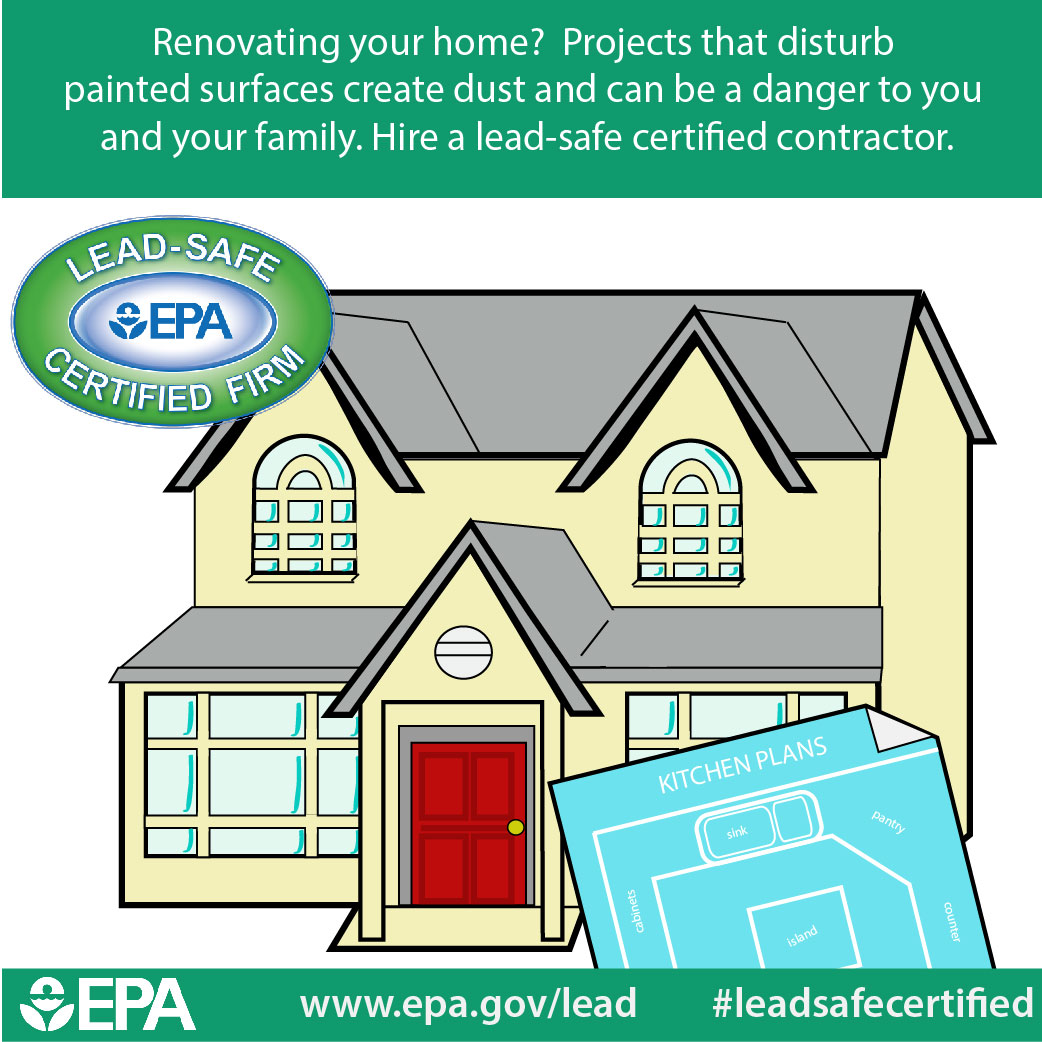Variables To Consider For Industrial Exterior Painting By Season: Crucial Information You Ought To Have
Variables To Consider For Industrial Exterior Painting By Season: Crucial Information You Ought To Have
Blog Article
Content By-Carlson Chaney
When you're planning a business external paint project, seasonal variables can make or damage your results. You'll intend to take into consideration exactly how temperature and humidity effect paint application and drying times. Selecting la sinanck painter can guarantee your paint adheres correctly and lasts longer. Yet which seasons are truly the most effective for this type of work? Allow's check out the crucial elements that can influence your task's success.
The Impact of Temperature on Paint Application
When you're preparing a business exterior paint job, the temperature level can substantially affect how well the paint sticks and dries out.
Ideally, you intend to paint when temperatures range in between 50 ° F and 85 ° F. If it's too cold, the paint may not heal correctly, resulting in problems like peeling off or splitting.
On the other side, if it's too warm, the paint can dry too promptly, preventing proper bond and causing an unequal finish.
You should also think about the moment of day; early morning or late afternoon provides cooler temperature levels, which can be more favorable.
Always examine the supplier's recommendations for the particular paint you're using, as they usually offer support on the suitable temperature level variety for ideal results.
Humidity and Its Result on Drying Times
Temperature level isn't the only environmental element that influences your industrial external paint task; moisture plays a significant function too. High humidity degrees can reduce drying times considerably, influencing the general quality of your paint job.
When the air is saturated with wetness, the paint takes longer to heal, which can lead to concerns like bad adhesion and a higher danger of mildew development. If you're repainting on an especially humid day, be prepared for extended delay times between layers.
It's vital to monitor neighborhood weather and strategy as necessary. Preferably, aim for moisture degrees in between 40% and 70% for ideal drying out.
Keeping these factors in mind guarantees your job stays on track and supplies an enduring surface.
Best Seasons for Commercial Outside Painting Projects
What's the most effective time of year for your commercial external paint jobs?
Springtime and very early autumn are commonly your best bets. Throughout these periods, temperatures are moderate, and moisture degrees are usually lower, creating ideal conditions for paint application and drying out.
Avoid summertime's intense heat, which can trigger paint to completely dry too swiftly, leading to inadequate attachment and finish. Likewise, wintertime's cold temperatures can prevent appropriate drying and healing, taking the chance of the durability of your paint work.
Go for days with temperature levels in between 50 ° F and 85 ° F for ideal outcomes. Remember to examine the regional weather report for rainfall, as damp conditions can destroy your project.
https://housepainternearme09998.anchor-blog.com/14634755/transform-your-home-s-outside-the-benefits-of-collaborating-with-specialist-residence-painters around these variables ensures your paint job runs smoothly and lasts much longer.
Conclusion
In conclusion, planning your commercial external paint tasks around seasonal factors to consider can make a substantial difference in the result. By organizing work throughout the excellent temperature levels and humidity levels, you'll make sure far better adhesion and drying times. Keep in mind to keep an eye on neighborhood weather forecasts and pick the right time of year-- springtime and early fall are your best choices. Taking these actions will certainly aid you accomplish a sturdy and specialist surface that lasts.
